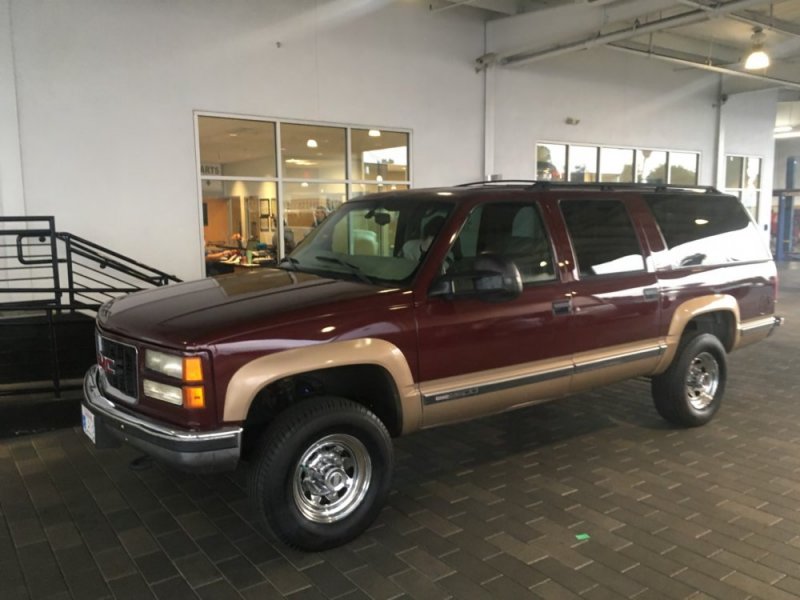kunstmilch
New Member
- Messages
- 12
- Reaction score
- 10
Hello all,
My ride:
1999 (OBS-GMT400) K2500 SLT 7.4L
Recently dropped in: (mechanic, not me/yes it was expensive)
New GM 7.4L L29 engine
New cooling system
New 4L80E Transmission
New Full Suspension from just below the steering wheel. (same leafs)(Moog/Mechanic considers Moog OEM)
New brakes and rotors.
New Power steering system
New Air Conditioning system
New Fuel system
Working on:
Adding a modified York 210 for compressed air system.
Swapping 140 Amp alternator for 195 Amp alternator
Swapping stock clutch fan for electric Flex-A-Lite 28X Series
Adding Premiere Power Pro Welding system
Adding heat exchanger and electric water pump (external to engine system) for on demand hot water.
Adding dual battery system.
Adding replacement towing mirrors (old ones are tired)
Wanted:
New stereo with back up camera and apple
Roof rack
En-suite for showering
270 Awning
Hydraulic Winch (mountable front and back)
Bumpers to handle winch and possible back storage.
Auxiliary air suspension
My ride:
1999 (OBS-GMT400) K2500 SLT 7.4L
Recently dropped in: (mechanic, not me/yes it was expensive)
New GM 7.4L L29 engine
New cooling system
New 4L80E Transmission
New Full Suspension from just below the steering wheel. (same leafs)(Moog/Mechanic considers Moog OEM)
New brakes and rotors.
New Power steering system
New Air Conditioning system
New Fuel system
Working on:
Adding a modified York 210 for compressed air system.
Swapping 140 Amp alternator for 195 Amp alternator
Swapping stock clutch fan for electric Flex-A-Lite 28X Series
Adding Premiere Power Pro Welding system
Adding heat exchanger and electric water pump (external to engine system) for on demand hot water.
Adding dual battery system.
Adding replacement towing mirrors (old ones are tired)
Wanted:
New stereo with back up camera and apple
Roof rack
En-suite for showering
270 Awning
Hydraulic Winch (mountable front and back)
Bumpers to handle winch and possible back storage.
Auxiliary air suspension

